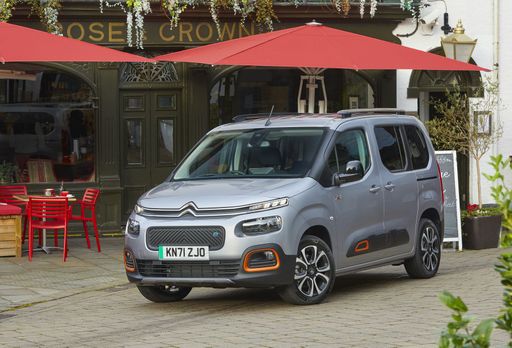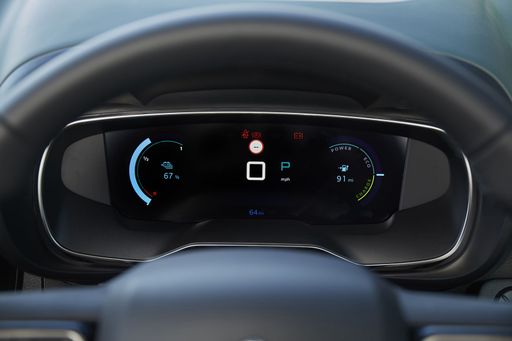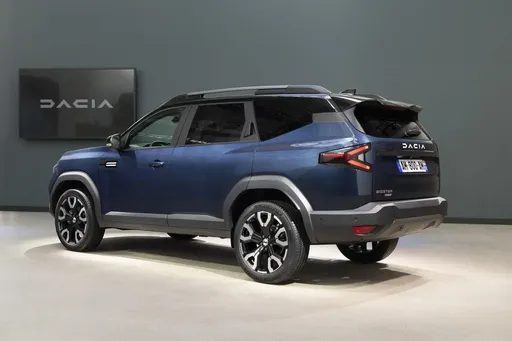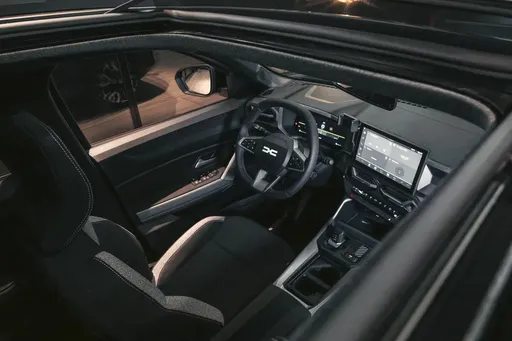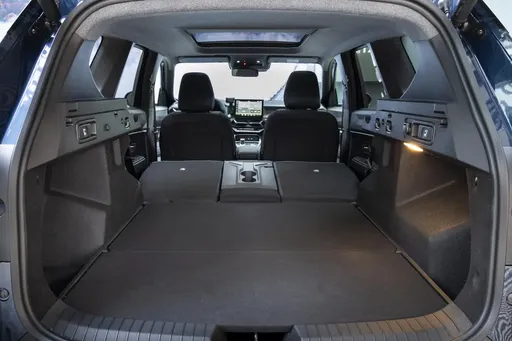The Battle of the Practical: Citroën Berlingo vs. Dacia Bigster
In the world of versatile vehicles, two models stand out: the Citroën Berlingo and the Dacia Bigster. Both vehicles are designed to meet the demands of diverse driving experiences, from urban commuting to adventurous road trips. Let's dive into the details and innovations of these two models to see which one fits your lifestyle best.

